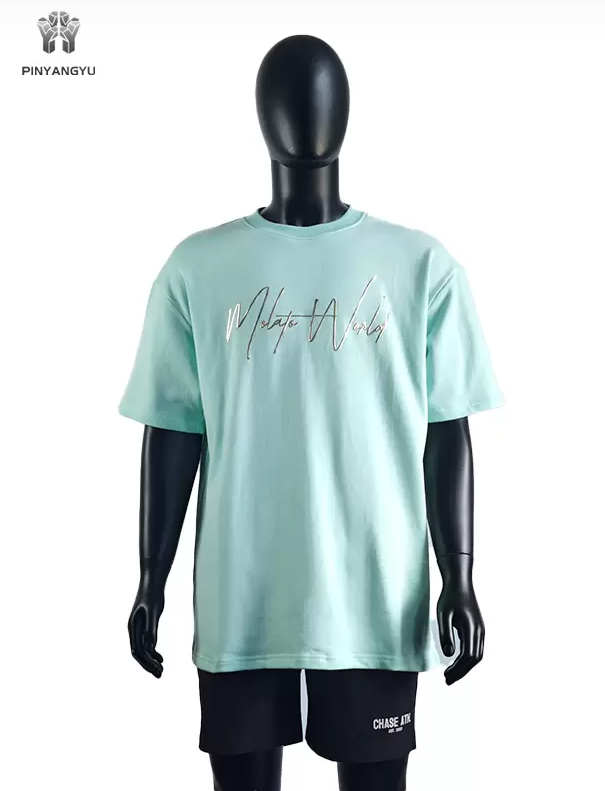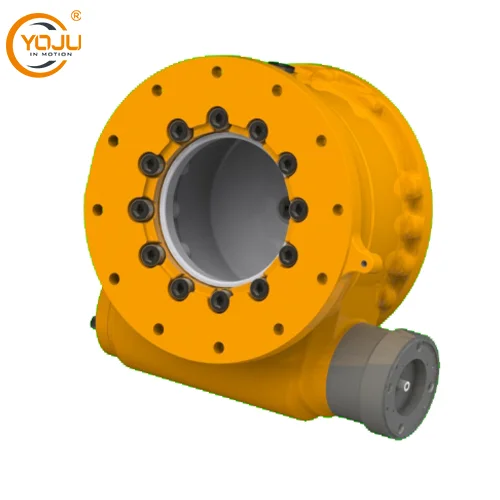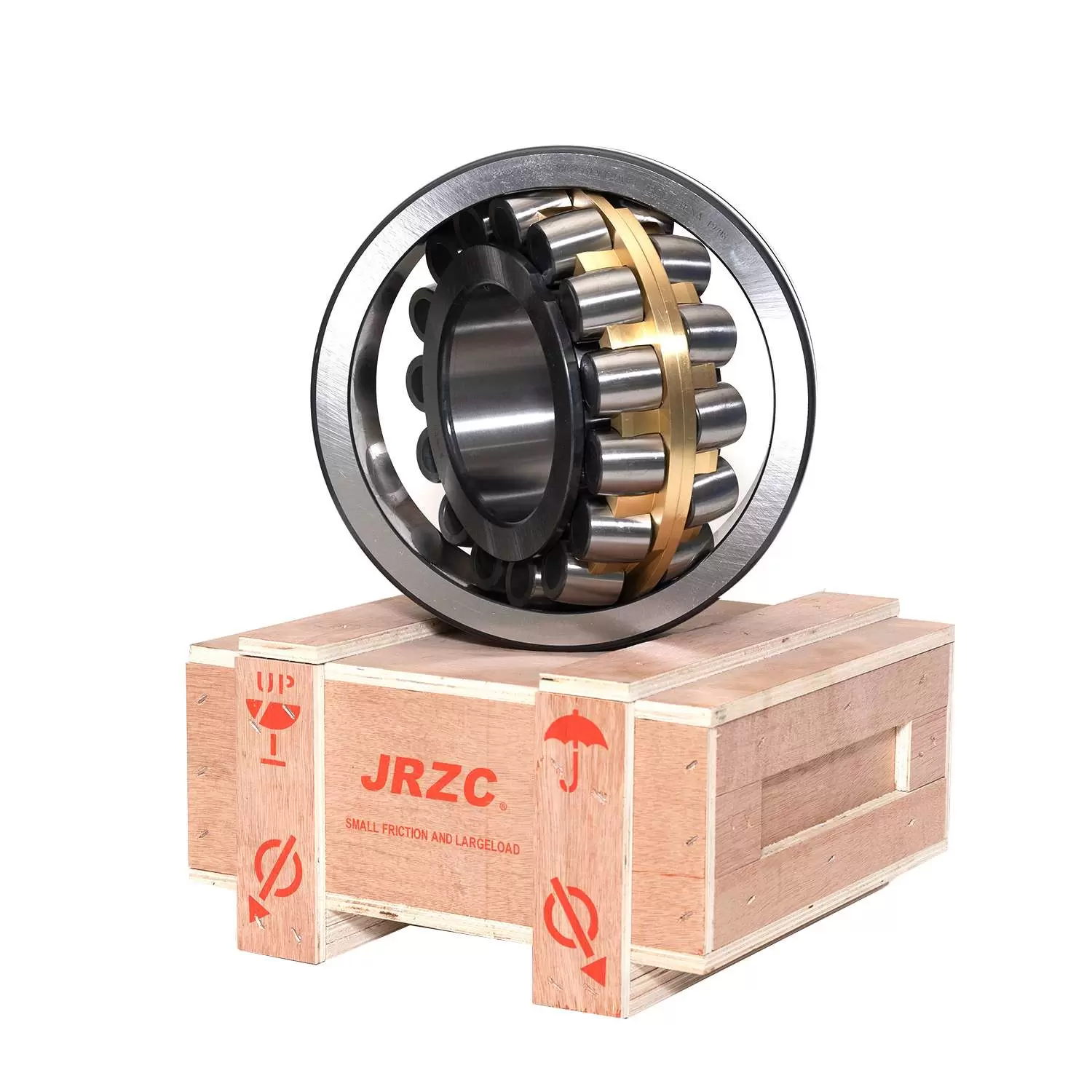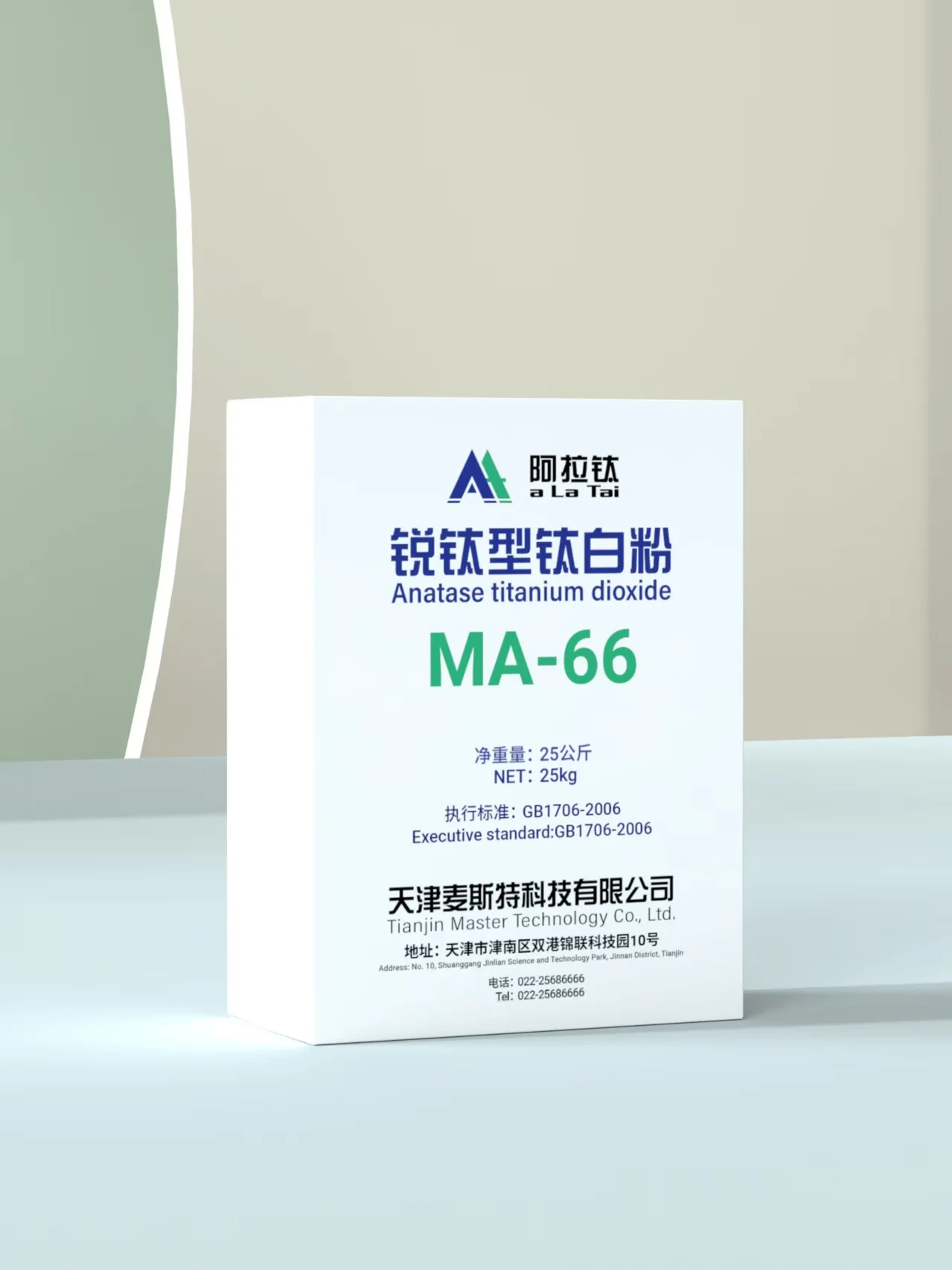When it comes to outdoor gear and apparel, the choice of fabric can significantly impact performance, durability, and comfort. Among the most popular materials used in outdoor products are nylon and polyester. Both fabrics have their unique advantages and disadvantages, making the decision of which is better for outdoor use a nuanced one. In this article, we will delve into the properties, benefits, and drawbacks of nylon and polyester, helping you make an informed choice for your next outdoor adventure.
Understanding the Basics: Nylon and Polyester
Nylon is a synthetic polymer, first developed in the 1930s, known for its exceptional strength and elasticity. It is often used in applications requiring durability and resistance to wear and tear. Nylon fibers are smooth and have a natural sheen, which contributes to their aesthetic appeal.
Polyester, on the other hand, is also a synthetic fabric but is derived from polyethylene terephthalate (PET). It is widely recognized for its resistance to shrinking and stretching, as well as its quick-drying properties. Polyester is often used in outdoor clothing, tents, and backpacks due to its versatility and affordability.
Durability and Strength
When evaluating outdoor fabrics, durability is a critical factor. Nylon is generally considered stronger than polyester, particularly in terms of tensile strength. This makes nylon an excellent choice for high-stress applications, such as climbing gear, tents, and backpacks that need to withstand heavy loads and rough conditions.
However, polyester has its strengths as well. While it may not match nylon in tensile strength, it excels in UV resistance, making it less prone to fading and degradation when exposed to sunlight over extended periods. This characteristic makes polyester a preferred choice for outdoor furniture and awnings.
Water Resistance and Moisture Management
Both nylon and polyester have water-resistant properties, but they behave differently when it comes to moisture management. Nylon tends to absorb more water than polyester, which can lead to increased weight when wet. However, it dries relatively quickly, which can be advantageous in unpredictable weather conditions.
Polyester, on the other hand, is hydrophobic, meaning it repels water rather than absorbing it. This quality allows polyester fabrics to dry faster than nylon, making them ideal for outdoor activities where staying dry is essential, such as hiking, camping, or water sports. Additionally, many polyester fabrics are treated with water-repellent coatings, enhancing their performance in wet conditions.
Comfort and Breathability
Comfort is paramount in outdoor activities, and both nylon and polyester offer different benefits in this regard. Nylon is often softer and more flexible than polyester, providing a comfortable fit against the skin. This makes it a popular choice for activewear and base layers.
Polyester, while slightly less soft, has made significant advancements in terms of breathability and moisture-wicking capabilities. Modern polyester fabrics are engineered to wick moisture away from the body, keeping you dry and comfortable during strenuous activities. This makes polyester a favored option for outdoor apparel, especially in warmer climates.
Environmental Considerations
As sustainability becomes an increasingly important factor in consumer choices, the environmental impact of fabric production cannot be overlooked. Nylon production is energy-intensive and involves the use of harmful chemicals, contributing to its environmental footprint. However, recycled nylon options are becoming more available, offering a more sustainable alternative.
Polyester, particularly when made from recycled PET bottles, presents a more eco-friendly option. The recycling process reduces waste and energy consumption, making recycled polyester a popular choice among environmentally conscious consumers. Brands are increasingly adopting sustainable practices, leading to a rise in the availability of eco-friendly polyester products.
Cost and Availability
When it comes to cost, polyester generally has the upper hand. It is more affordable to produce, which translates to lower prices for consumers. This makes polyester a popular choice for budget-conscious outdoor enthusiasts.
Nylon, while typically more expensive, is often viewed as a worthwhile investment due to its superior durability and performance in high-stress situations. For those who prioritize longevity and strength, the higher initial cost of nylon may be justified.
Conclusion: Making the Right Choice for Your Outdoor Needs
In the battle of nylon versus polyester for outdoor use, the best choice ultimately depends on your specific needs and activities. If you require maximum strength and durability for high-stress applications, nylon may be the better option. However, if you prioritize quick-drying capabilities, UV resistance, and affordability, polyester could be the way to go.





